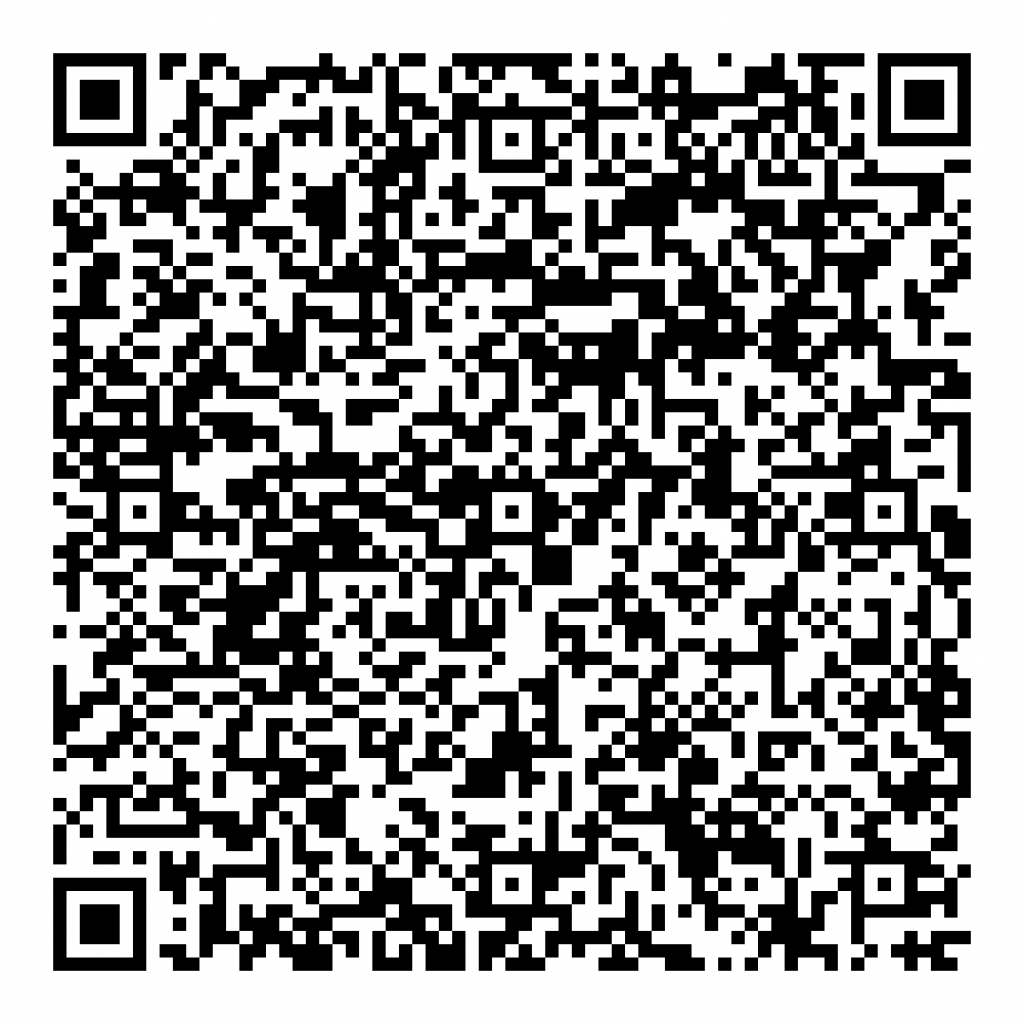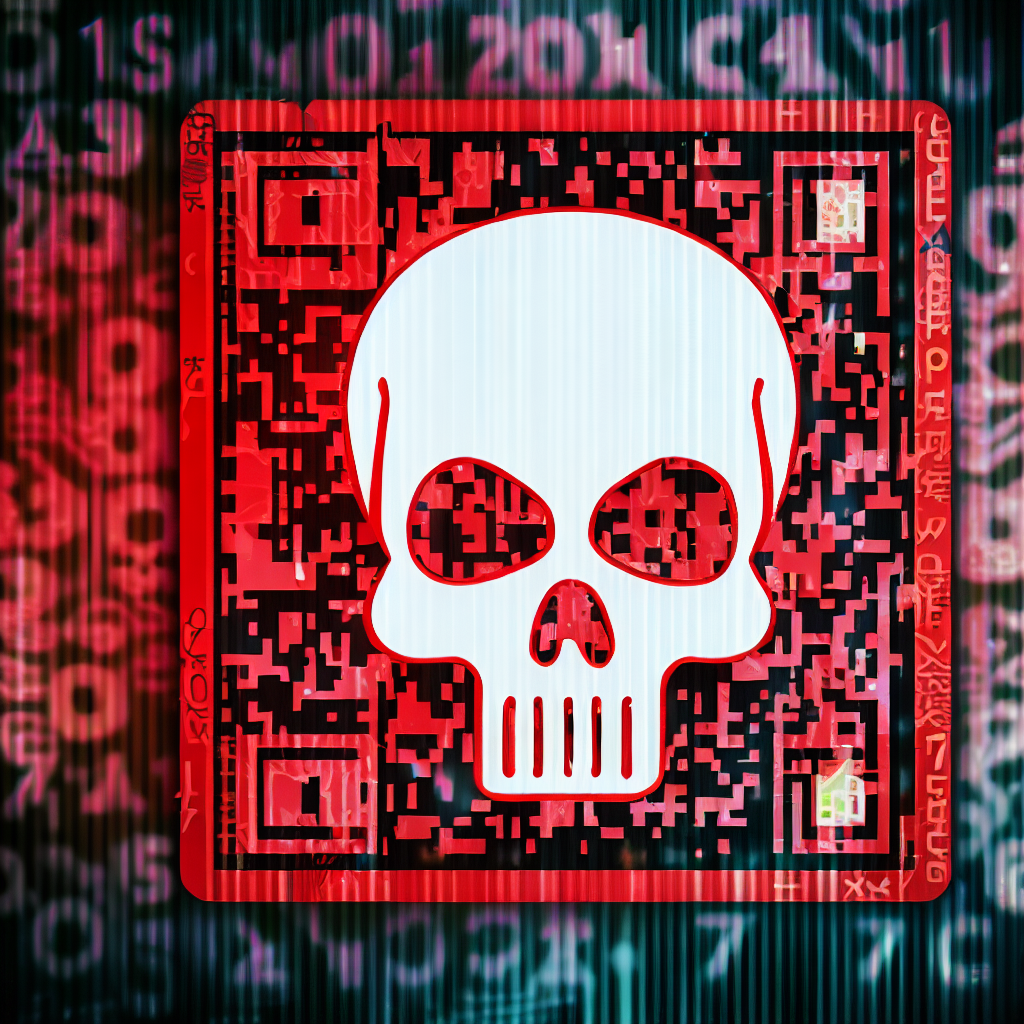Another day, another phishing scam... and this one could catch anyone off guard.
Ever scanned a QR code with your phone? It's a convenient way to access information. But did you know that there's a new form of phishing out there that's using QR codes to hide harmful links? It's called 'quishing”.
What's the deal?
QR codes are everywhere nowadays, and we often scan them without thinking twice. They're on parking meters, in text messages, emails, and even on product packaging. We've all just accepted QR codes as harmless tools to access information quickly. But cyber criminals are counting on this trust we have in them.
In a quishing attack, scammers create fake QR codes that look innocent, then trick you into scanning them – maybe to reschedule a package delivery, confirm account information, or address suspicious activity. The key here is urgency; they want you to act fast without thinking.
So, why is this a big problem? Well, for one, mobile devices are vulnerable to these attacks. Unlike most desktop operating systems, phones often lack built-in phishing protection. And that's what makes them an easy target for cyber criminals.


